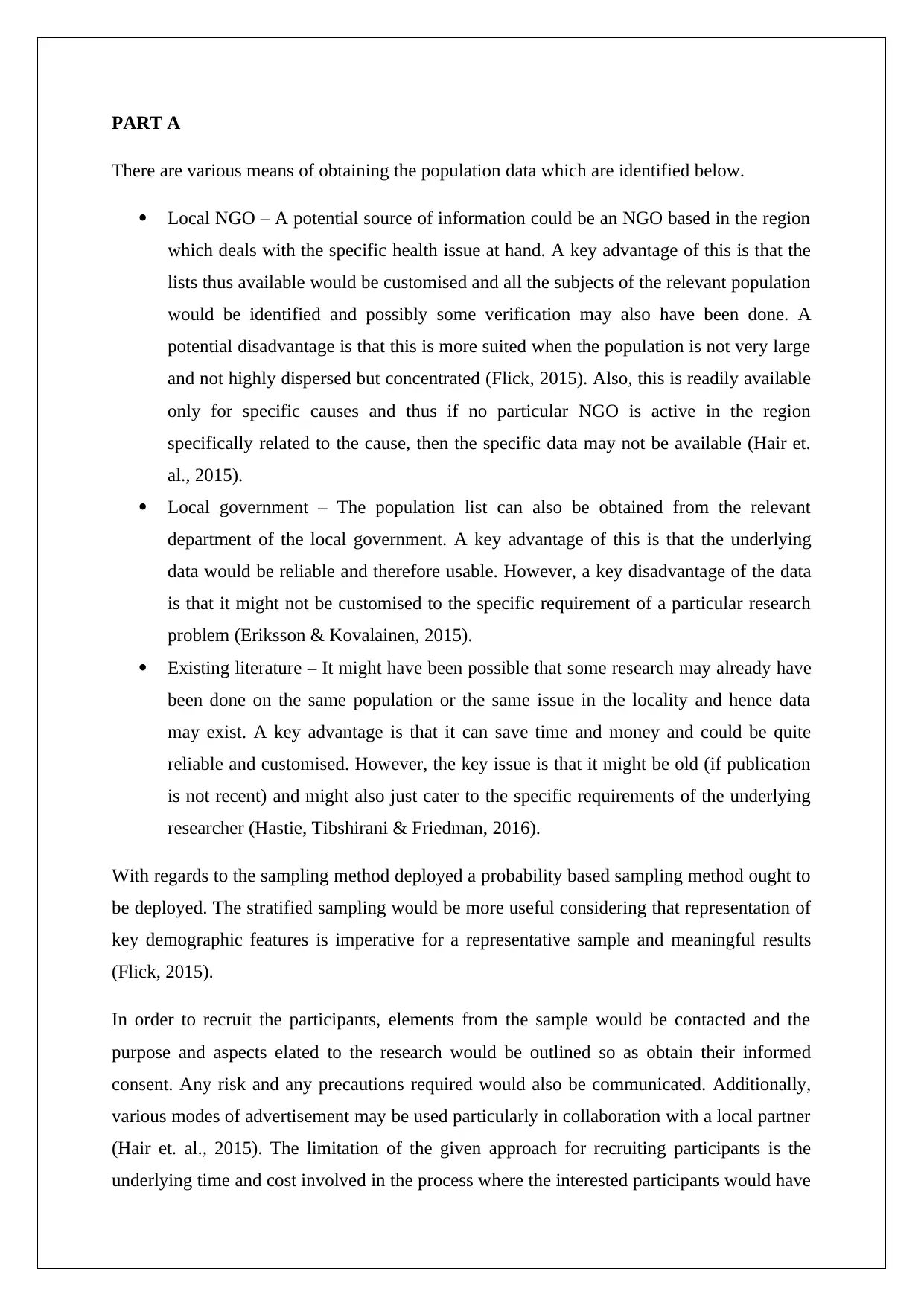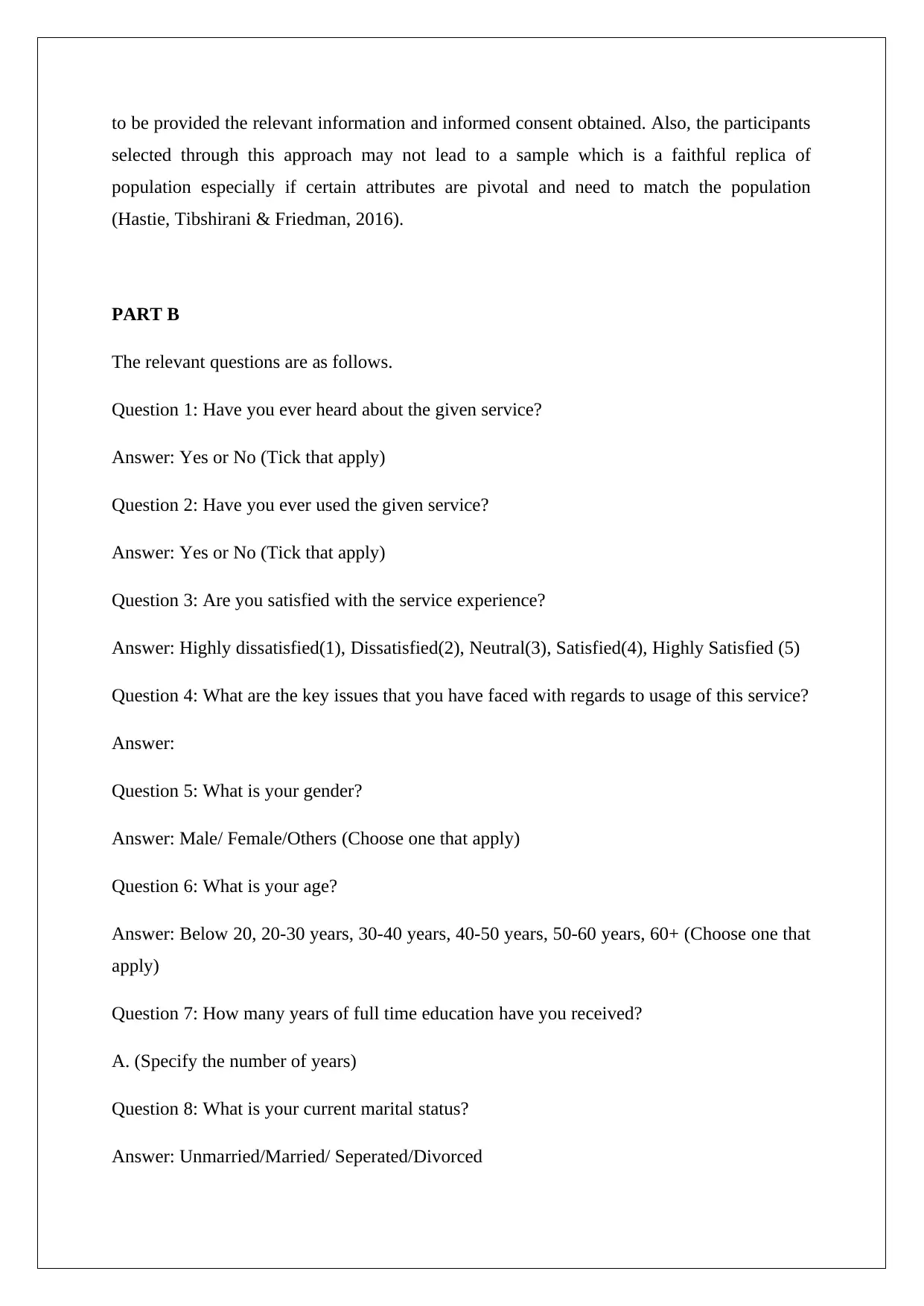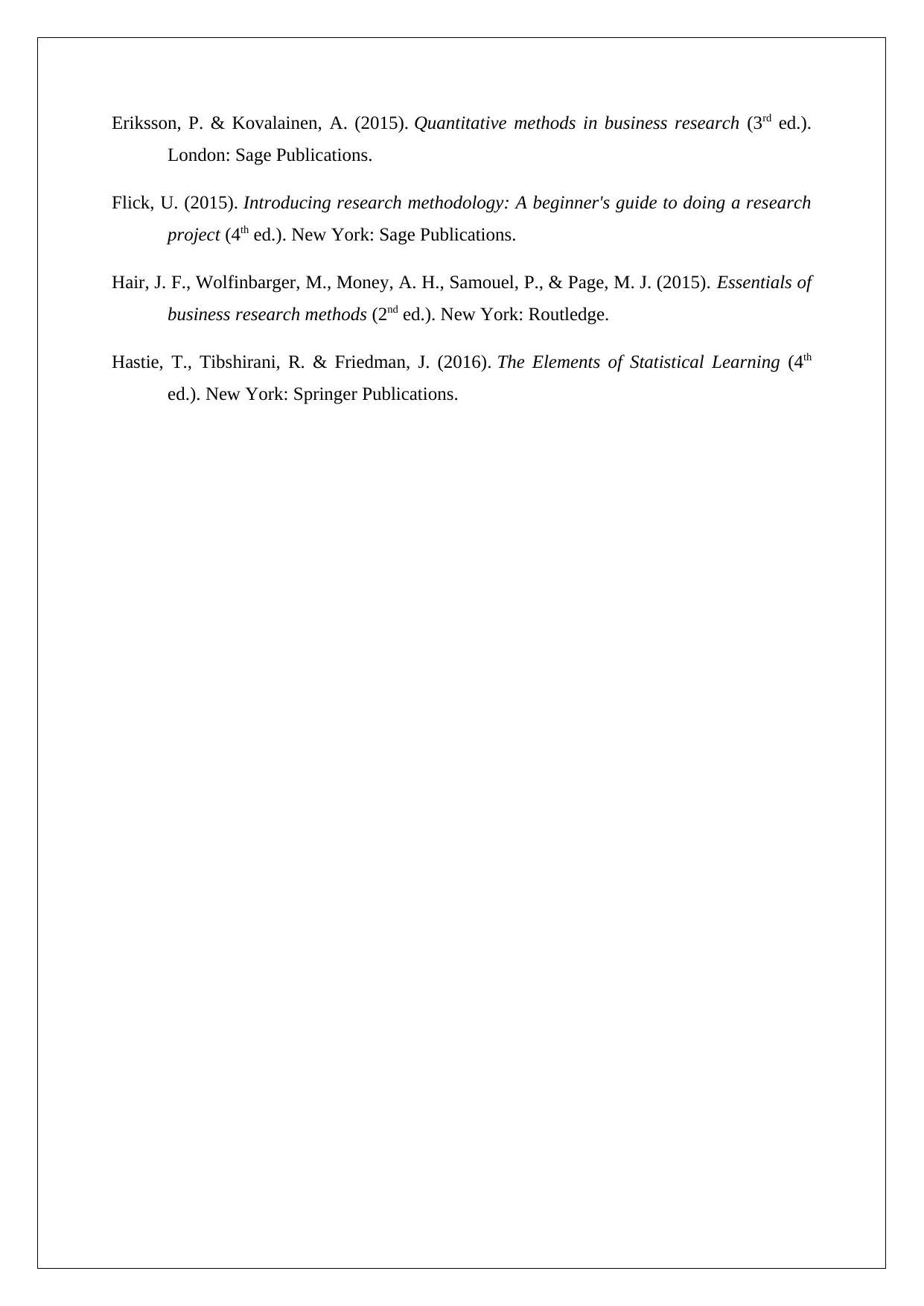Statistics for Public Health: Survey Design - STAT6000 Assignment
VerifiedAdded on 2023/06/03
|5
|922
|349
Homework Assignment
AI Summary
This assignment solution addresses the design of a short telephone survey for a local community health service, focusing on identifying and contacting users and non-users of the service. Part A discusses various sources of population data, including local NGOs, local governments, and existing literature, evaluating their advantages and disadvantages. It emphasizes the use of stratified sampling for a representative sample and outlines the recruitment process, including obtaining informed consent and using various advertisement methods. The limitations of the approach, such as time and cost, are also acknowledged. Part B presents a set of survey questions covering service awareness, usage, satisfaction, issues faced, and demographic characteristics like gender, age, education, marital status, income, and reasons for non-usage. The assignment highlights the practical application of statistical principles in public health research and the importance of ethical considerations in data collection.
1 out of 5










![[object Object]](/_next/static/media/star-bottom.7253800d.svg)